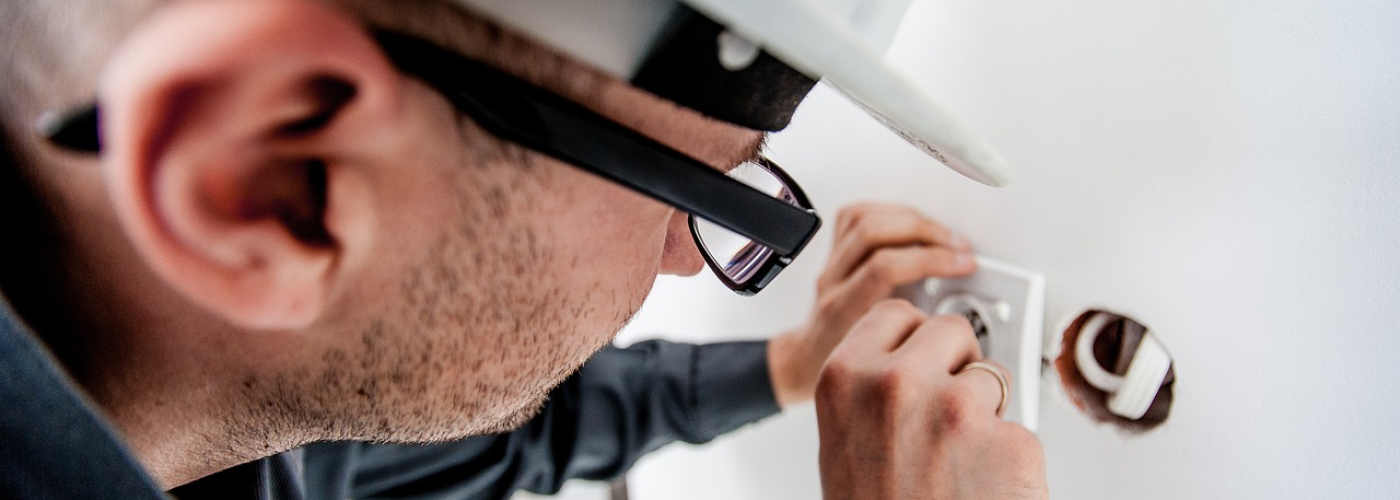Health and safety cover many essential components. The fact is that there’s a variety of hazards in any modern workplace, but in a construction setting, these hazards are multiplied infinitely. Electrical equipment, from machinery to computers can all be hazardous if they are not properly used. What does it take to ensure that the construction site is working with electricity safely?
Being Aware of Conductive Tools
When working in any area with electrical hazards, we have to assume that electrical parts are live and should not use conductive tools in those areas. There’s a variety of materials that easily conduct electricity, like water. It’s important to operate with a more pragmatic approach and to make the assumption that these electrical parts are always live, rather than just hoping for the best! It’s also important to be aware that some products can easily throw off static shocks, which, after a while, can be frustrating. But companies like Bondline provide anti-static products that can be beneficial in this environment.
Follow the Company’s Electrical Safety Work Practices
Each company will have its own practices depending on the equipment and the hazards. Every organisation needs to follow company-specific work practices so all employees are safe.
Understanding Common Electrical Hazards
It should be a part of any robust health and safety practice that employees know common electrical hazards. Components such as damaged equipment and tools, incorrect use of fuses, improper grounding, and smoke or smells emanating from equipment are all warning signs that the equipment should be turned off and the area cleared.
Promoting Safe Use of Electrical Equipment
Best practices such as unplugging cords safely and not overstretching electrical cords are some things that can ensure everyone’s safety. It is these things that can make the equipment far more robust and potentially save a life in the process. Regular PAT testing on the equipment conducted by a specialist is vital to ensure that every item is operating safely and there are no frayed wires or exposed circuits that could cause danger to employees.
Ensuring Only Qualified Personnel Works With Live Electrics
In a construction setting ensuring that a qualified electrical specialist with the right training should work on electrical wires.
Understanding the Voltage
As a rule, unqualified personnel should never interact with electrical currents greater than 50 volts. It’s important to maintain a safe distance from any equipment operating above this and there should be no exposed electrics or wires.
Understanding the Impact of Electrical Shocks
Electrical shops can be dangerous, but they can also be life-threatening. An electric shock could cause burns, and even a small dose of electricity can be fatal. First aid training is an essential component in any workplace environment, but when it comes to electrical shocks, it’s important to ensure that anybody performing first aid is aware of the potential for getting a shock as well.
Workplace safety is undoubtedly incredibly important on construction sites. Having a robust and reactive approach to electricity is crucial. Electrics are no joke, and it needs to be treated accordingly.





